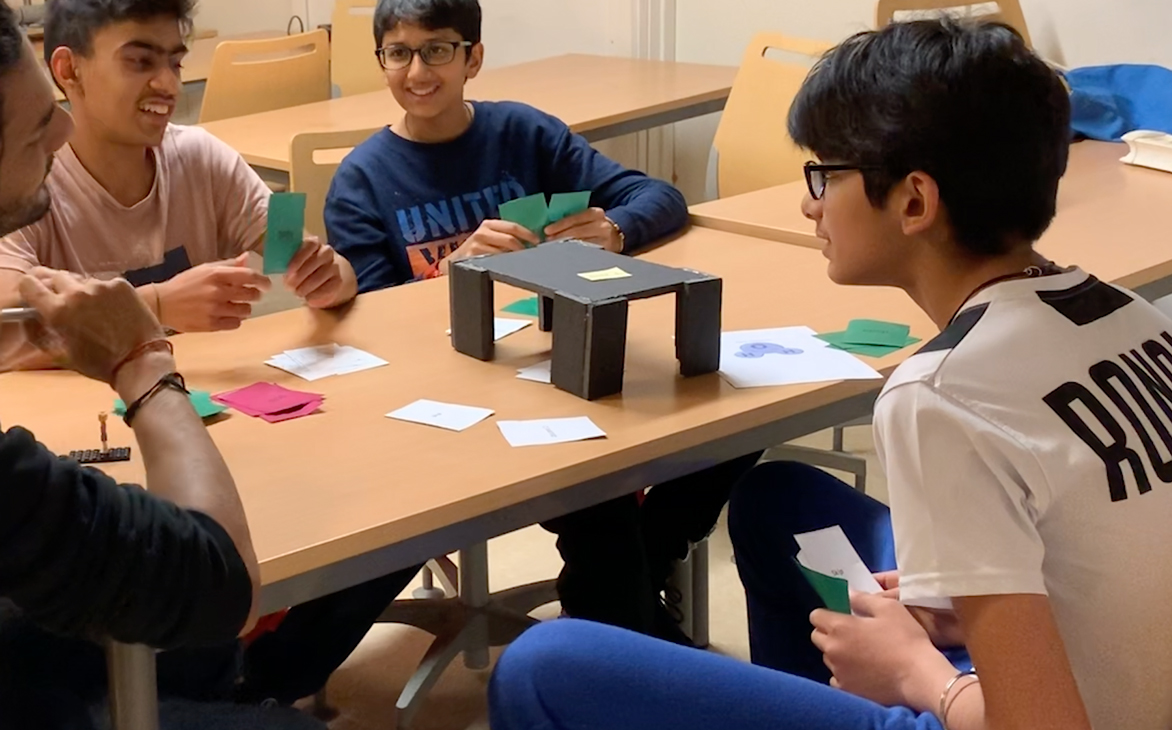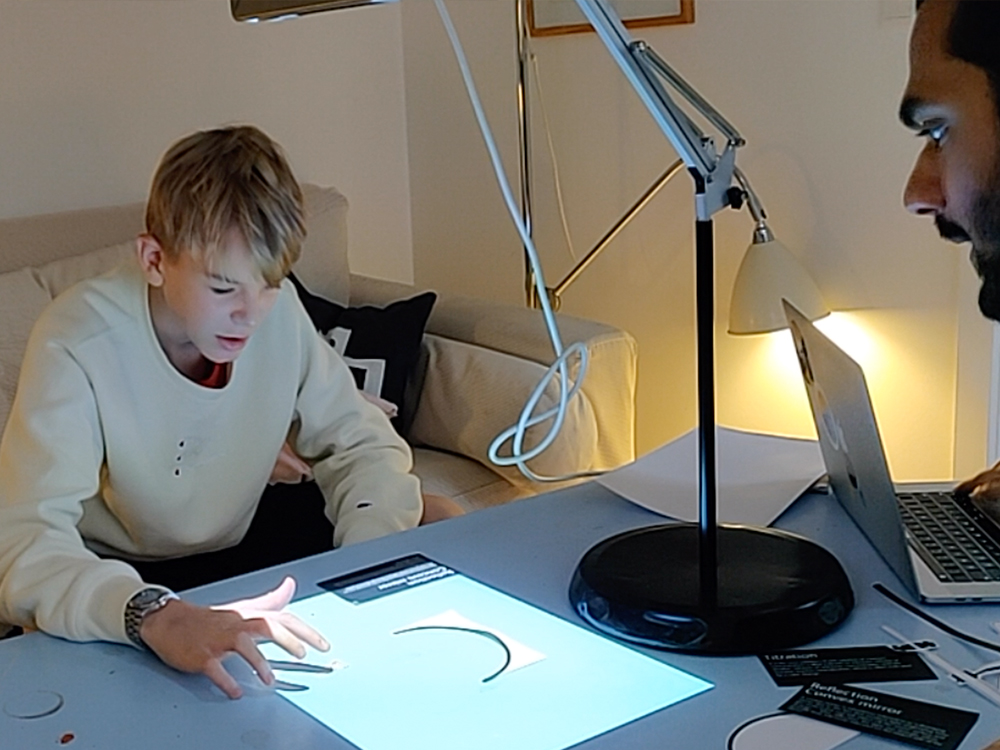The paper card game was the winner. Using paper cards, something physical to generate different combinations was very well received. The students wanted to hack the rules, exchange the cards to make new combinations.
However, students wanted more control with the cards and the simulation, I asked my self what would happen if instead of the tablet device I could use the existing infrastructure of the classroom and use the classroom projector to build this cause and effect relationship with cards. Would this increase a collaborative classroom learning?
I quickly prototyped this and tested this with some students. I observed that not everyone was motivated to participate equally. and with this observation I went to their teacher and a developmental psychologist.
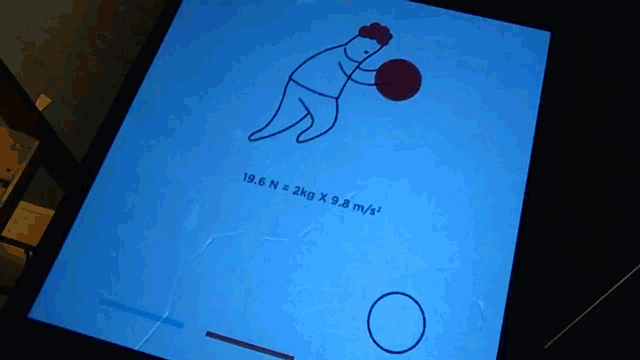
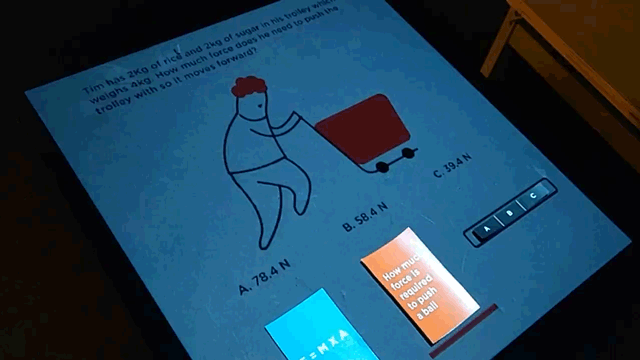
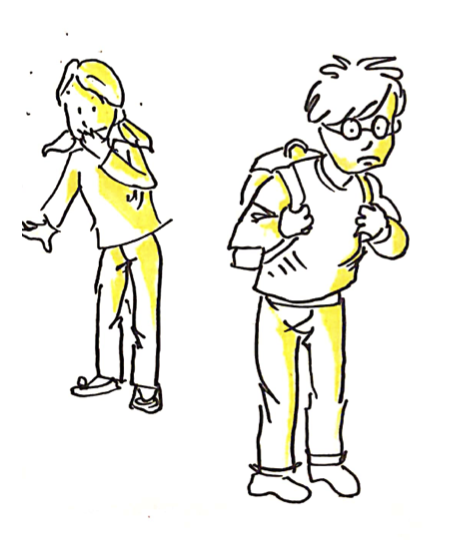
“Before collaboration comes individual confidence. Early teens are really sensitive about them going to be judged by others, if they feel insecure they will take the safe option or have less participation.”
Briggit fredriksonDevelopmental Psychologist
The shift in context.
After speaking to the developmental psychologist and the teacher. It almost felt like I was not really addressing the root of the issue. I had to build the foundation which would lead to more confidence. Therefore the context of the project shifted from collaborative learning in school to home learning. Because home is one safe space where children don’t feel like they are being judged or they are are not scared of making mistakes.
Building foundation leading to more confidence

Change from collaborative to individual also meant change of mental model, but keeping the same interaction with cards, something physical.
Introduced controllers and more cutouts to provide more flexibility
How might we enhance the students’ home learning experience to gain confidence through
exploration and interaction of STEM subjects
Bringing the paper cutouts, simulation and game like nature all to students desk at home.
Home is the foundation of learning. No one judges them at home if they make mistakes therefore it becomes easier to make learning happen without being afraid of being made fun by peers.
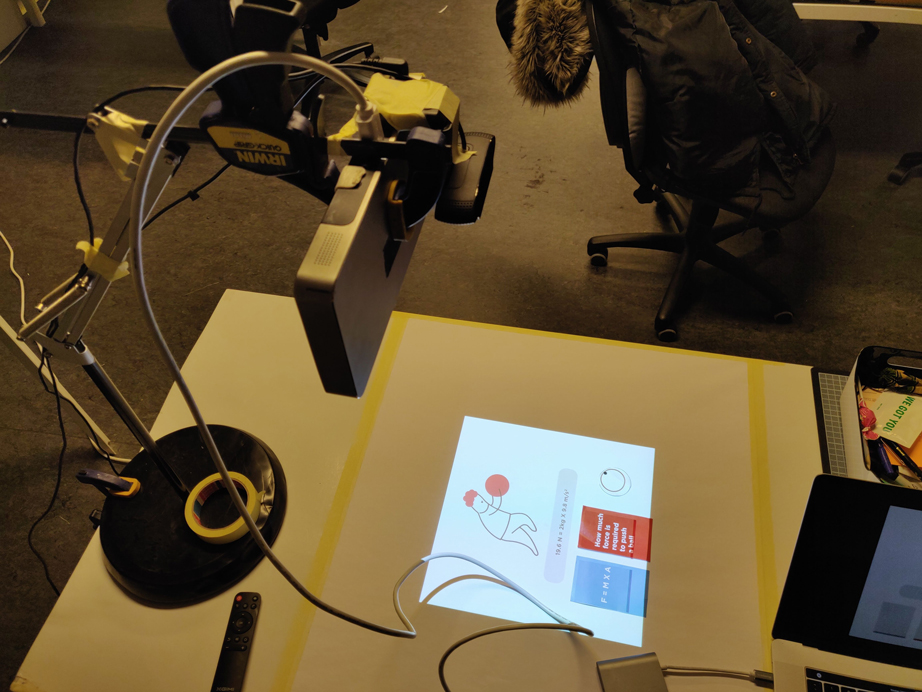
Prototype for testing the desk lamp
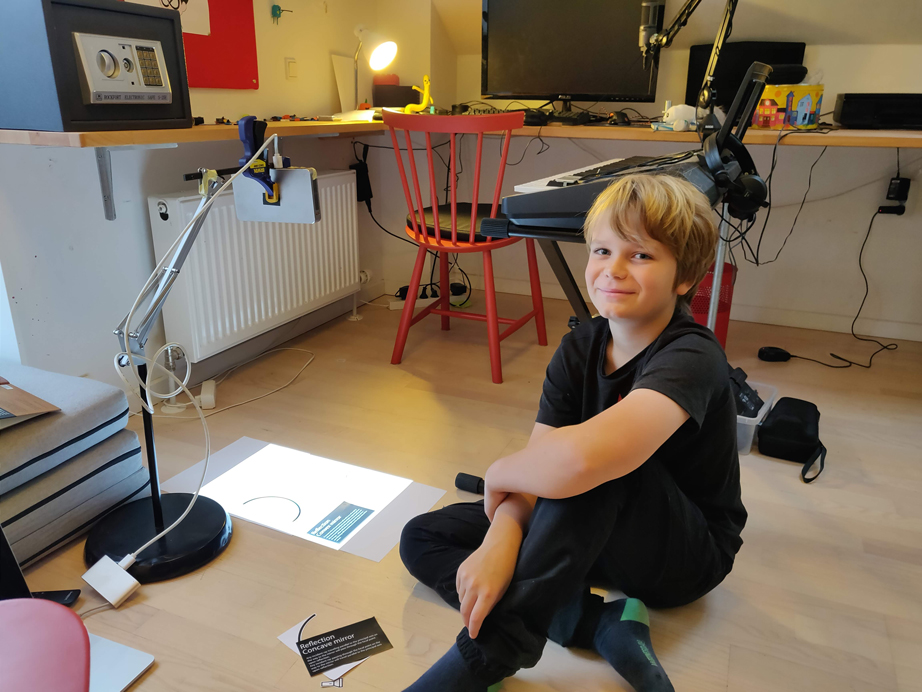
Testing the prototype in home setting

